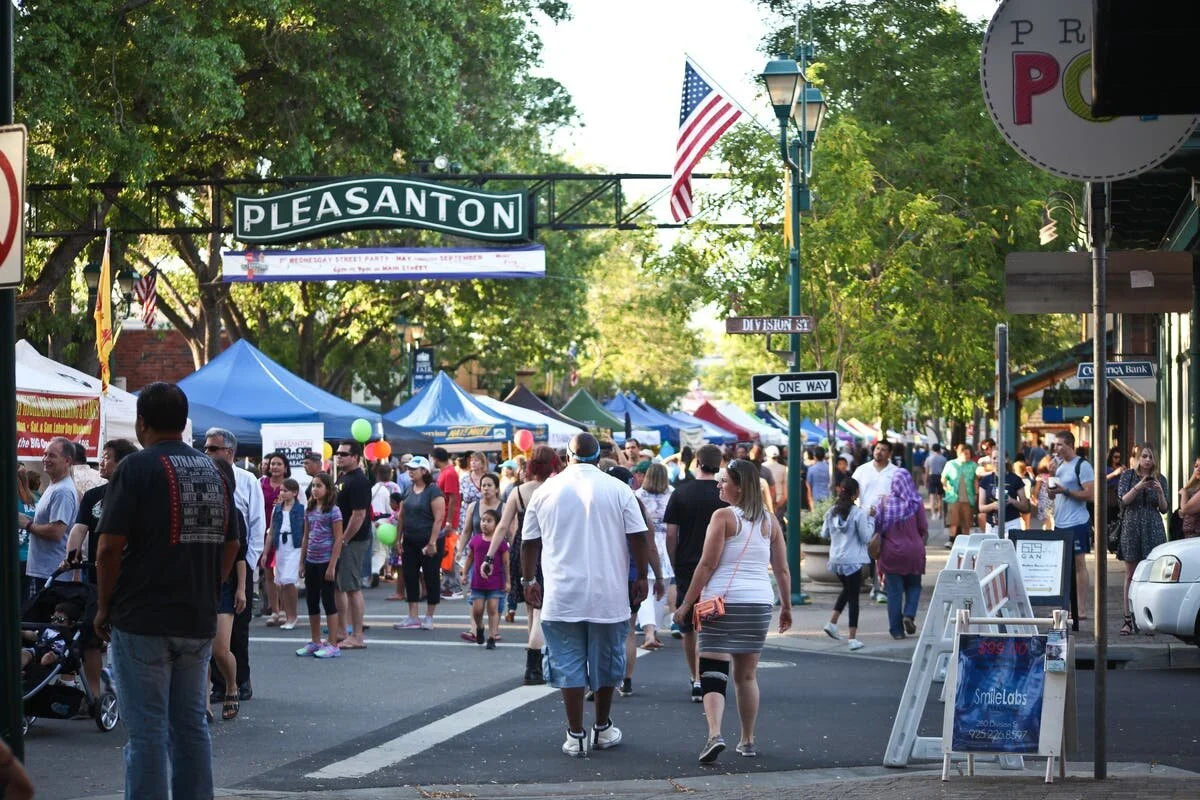Have you ever hiked in the rain? Well, we can now say that we have. Understand, this was not the original plan, but one thing about doing ANYTHING outside in the mountains of Western North Carolina in July is that those plans always need contingencies for an afternoon thunderstorm.
The morning was gorgeous. North Carolina is known for it’s blue sky, and the locals are really proud of it. “Carolina Blue” they call it. And in the mountains above most of the summer humidity, that blue sky is truly gorgeous. So that Saturday morning a couple summer ago, we packed our backpacks with sub sandwiches, lots of water and Pim’s. I’ve written about Pim’s before. Many thanks to the British for that wonderful, awesome “biscuit”. So good. It’s to the point now that it’s just not a proper hike without the Pim’s.
We headed northeast to a trail we’d not taken before (towards Roan Mountain on the Tennessee border) and began our walk. Wildflowers were EVERYWHERE and the air was perfect — warm but not oppressively hot and a wonderful breeze was coming from the west. By early afternoon, a few clouds began gathering over the high peaks and by the time we stopped for lunch, we were getting a few (just a few) rain drops. And then…
“…we looked back across the valley and I kind of gasped…
And then the thunder started, so we spent about an hour hiding under some overhanging rocks by the stream we were following, rating the thunder on a scale of 1-10. We ended up wet and kind of cold (but we still had our Pim’s so all was not lost). After the rain shower was over, we decided to head back to the car as fast as we could because we saw more rain coming in the distance. When we got back to the car though, we looked back across the valley and I kind of gasped. I pulled out my phone and snapped a photo. And then…I painted it.
I think the moral of the story is that even when something uncomfortable or frightening is happening, I need to look around and see the beauty around me even then. Sometimes it’s exquisite. Sometimes it’s worth painting!















